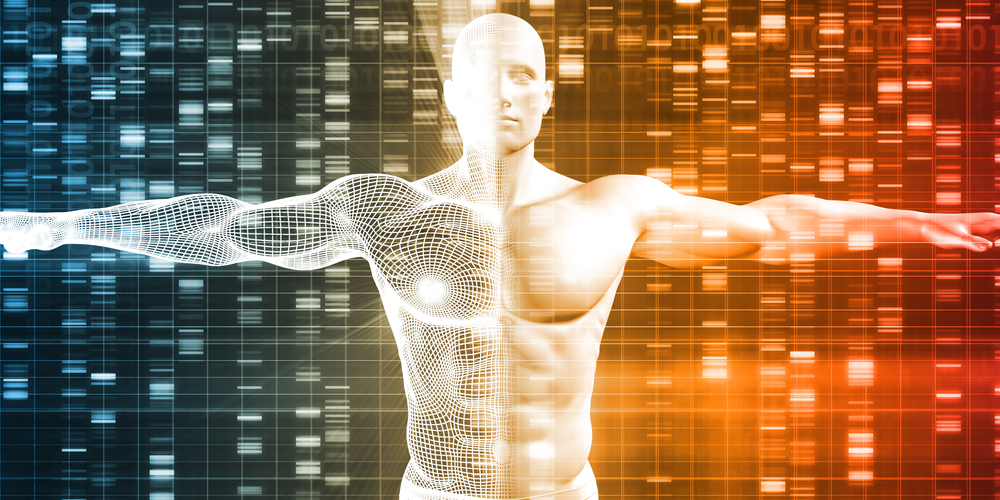Why Do Mutations for Diseases like Sickle Cell Persist Across Generations? Biologically, We May Be Wired to Keep Them
Written by |

An evolutionary force, called balancing selection, appears to be responsible for maintaining defects in our DNA associated with diseases, such as sickle cell anemia, because the mutation’s damaging effects might be offset — in a biological way of thinking — by its potential benefits. The study, “Excess of deleterious mutations around HLA genes reveals evolutionary cost of balancing selection,” was published in the bioRxiv platform, which is operated by Cold Spring Harbor Laboratory.
Several human diseases are caused by genetic defects, mutations that are heritable and transmitted from generation to generation. This raises the question: Why, as we evolve as a species across generations, aren’t these prejudicial alterations in our DNA singled out and eliminated?
Scientists have hypothesized that some beneficial traits may be associated with such mutations, and that these potentially favorable effects work toward a mutation’s long-term survival.
Researchers Tobias Lenz, Shamil Sunyaev, and colleagues performed the first systemic test of balancing selection, which may be the force that maintains mutations throughout evolution. Sickle cell anemia is a good disease example of a balancing selection, with affected individuals carrying mutations in both the paternal and maternal inherited hemoglobin gene. As a consequence, their red blood cells are less efficient at carrying oxygen throughout the body. But there is a biological advantage associated with sickle cell anemia: patients are better protected against malaria.
The scientists performed computer simulations under different evolutionary selection scenarios, and discovered that balancing selection is a driving force in the human genome. Balancing selection refers to the selection process by which two or more alleles (different versions of a gene) are actively maintained in the gene pool (of a select group of genes) longer than expected. This mechanism is frequently referred to in the context of sickle cell anemia.
They tested their simulation using another example of balancing selection, probably the best example of its type in the human genome, the major histocompatibility complex (MHC) of the human immune system (MHC plays pivotal roles in our defense against pathogens). They used DNA sequencing data from 6,500 people, spanning 17,684 genes, including 124 within the MHC region.
Focusing on the gene that encodes the MHC protein in humans, the HLA gene, researchers found that the frequency of harmful mutations was higher in the genomic regions of non-HLA genes, i.e., genes closer to the HLA genomic region. They detected that the frequency of these mutations declined with physical distance from the classical HLA genes, indicating a dependence on those genes. These results carry major implications when considering the evolutionary tract of MHC-associated diseases, such as autoimmune disorders and cancer, among others. They suggest that balancing selection leads to a higher frequency of deleterious mutations around HLA genes.
Tobias Lenz, the study’s first author and group leader in Evolutionary Immunogenomics at the Max Planck Institute for Evolutionary Biology in Germany, said in a press release, “This trade-off between increased resistance against infectious germs and the accumulation of harmful mutations has been somewhat expected, but the extent to which even strongly deleterious mutations can be maintained in the human population is surprising. Seeing these results makes me wonder how many of the genetic disorders that we see in humans today are the consequence of continuous exposure to germs during human evolution.”





